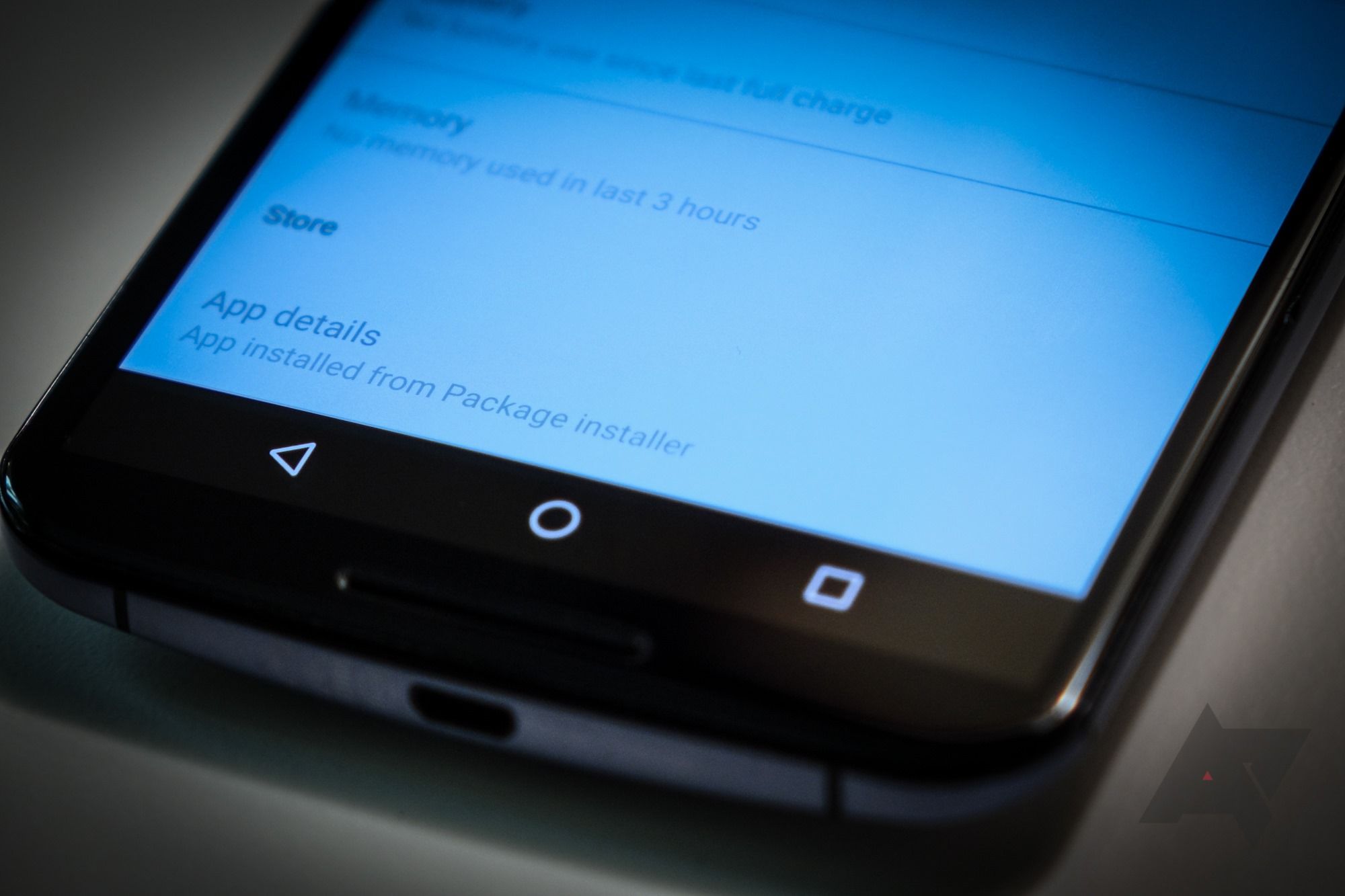latest
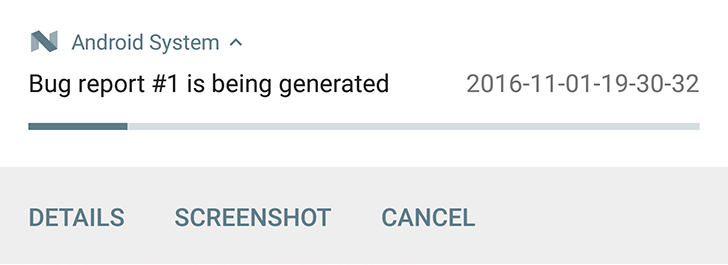
Capturing and sending a bug report on Android used to be an inelegant process. Bugs are annoying and bug reports are one of the least exciting parts of a platform, but they are essential to help it and its apps move forward. So it's nice to see the Android team putting some thoughts behind improving the bug report interface and interaction, especially for those of us who tend to actually use the feature.
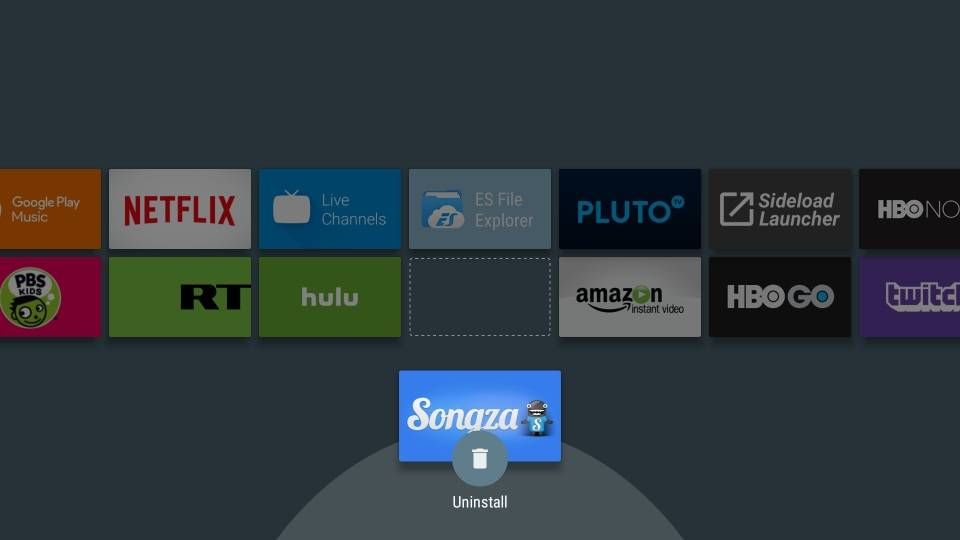
The Android TV interface is easy to navigate. Browse the tiles using the d-pad and enter apps with the Select button. A play/pause button does what it says, and the Home button takes you back to the homescreen. Simple.
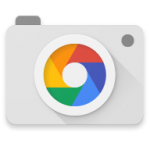
Read update
Google rolled out the fifth and final Nougat developer preview yesterday, and it includes a new version of the Google Camera app. It's v4.1, a significant jump over the current Play Store version. There are a fair number of changes to the UI, some new animations, and better control over buttons.
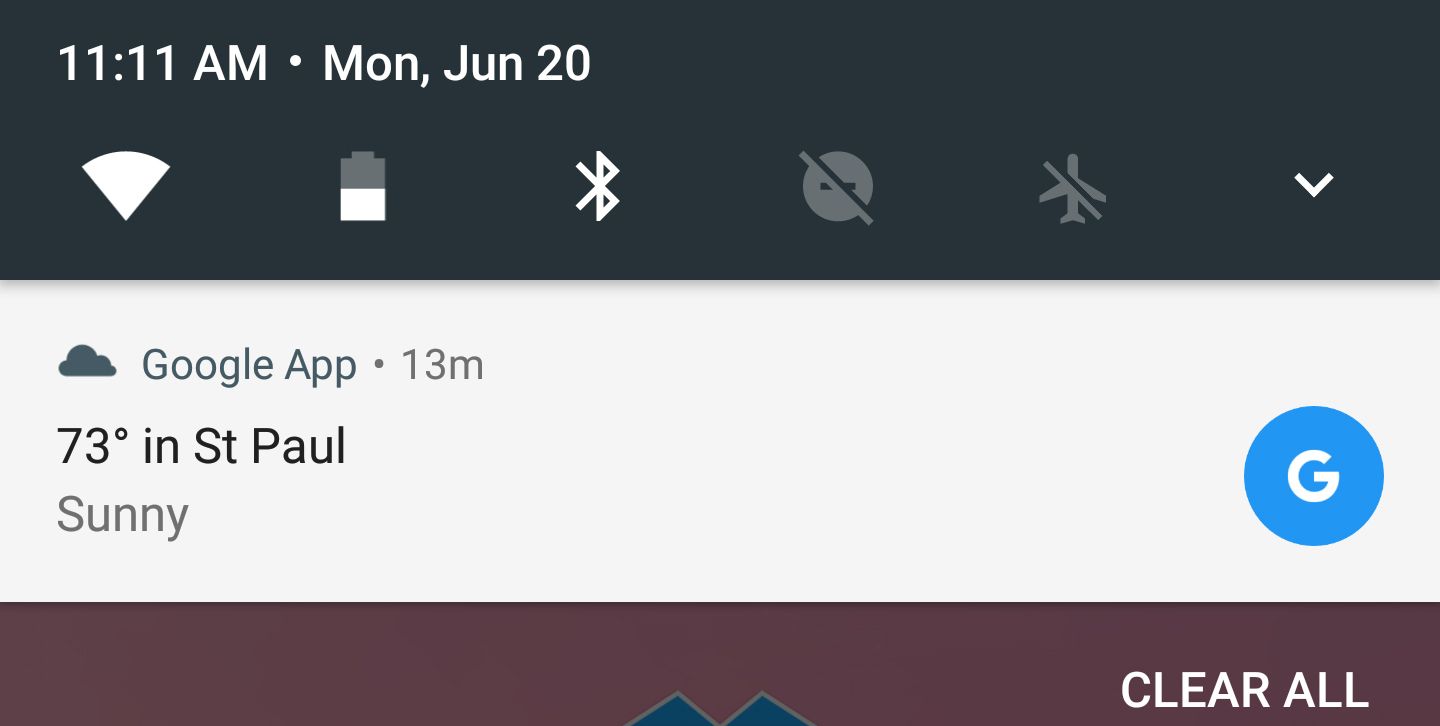
Read update
- The fix is officially live in Android N Developer Preview 5, which rolled out yesterday. Now tapping the WiFi or Bluetooth toggles will actually toggle them instead of opening the mini settings modal.
Most of the intrepid users who tried the most recent Android N developer preview were none too pleased with the new notification toggle behavior. Google changed the WiFi and Bluetooth buttons from simple toggles to connection list triggers. After more than 1,500 issue tracker stars in just a few days, Google has relented.
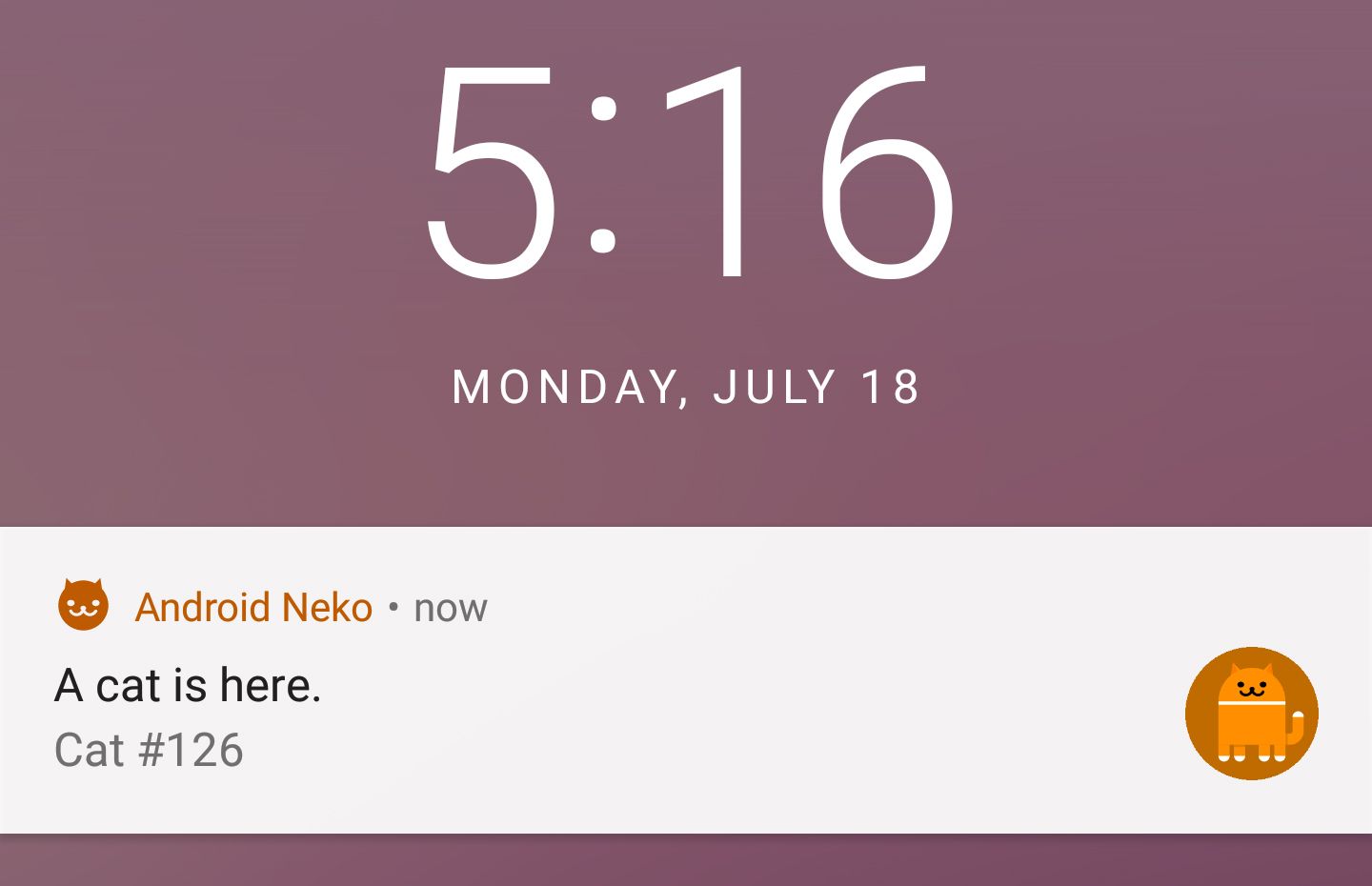
The fifth and final Android Nougat developer preview has arrived, and with it is the new Android Easter Egg. In Lollipop and Marshmallow we were treated to a version of Flappy Bird, and this time we get a built-in version of Neko Atsume—a kitty collector. Can you entice all the cats to visit your phone?
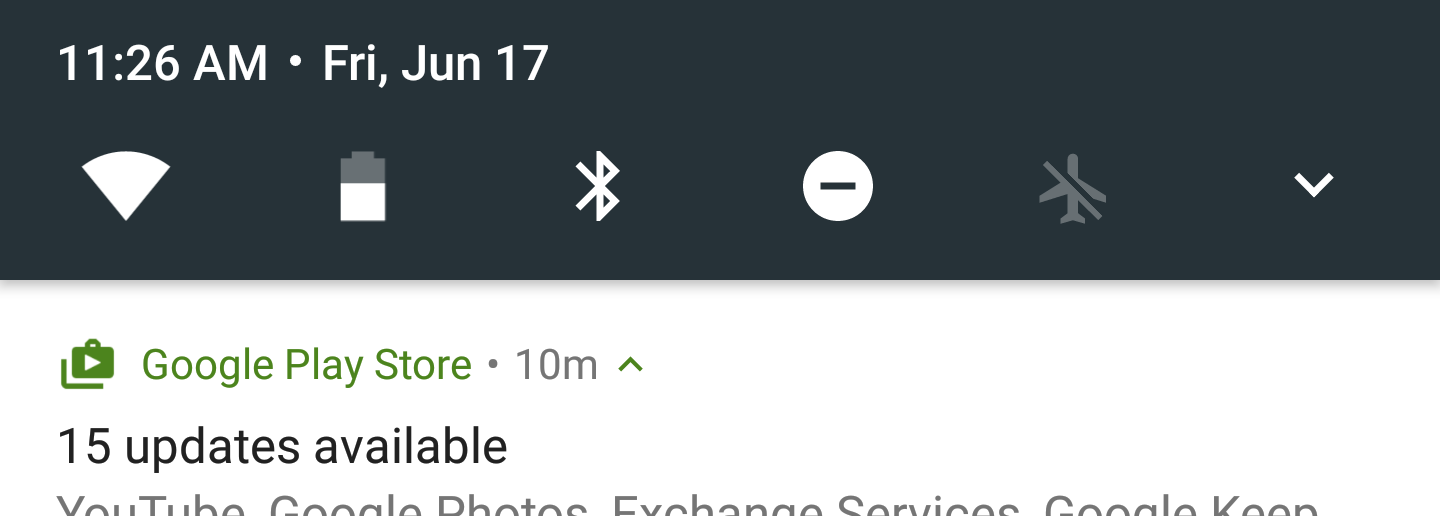
Read update
- The fix is officially live in Android N Developer Preview 5, which rolled out yesterday. Now tapping the WiFi or Bluetooth toggles will actually toggle them instead of opening the mini settings modal.
Android N is making some changes to the notification shade, not least among them the addition of settings toggles at the top of the screen without opening quick settings. In previous preview builds these were toggles as you'd expect, but DP4 changes it up. Now, the WiFi and Bluetooth buttons open the full modal connection list screen. The response from users has not been positive.

Android is mainly a touch environment, but it has had rudimentary support for mice and keyboards for years. Mice will be getting more useful in Android N with the addition of a new mouse cursor API, which is available in its final form as of dev preview 4. The cursor can actually change to indicate actions just like on a desktop OS.
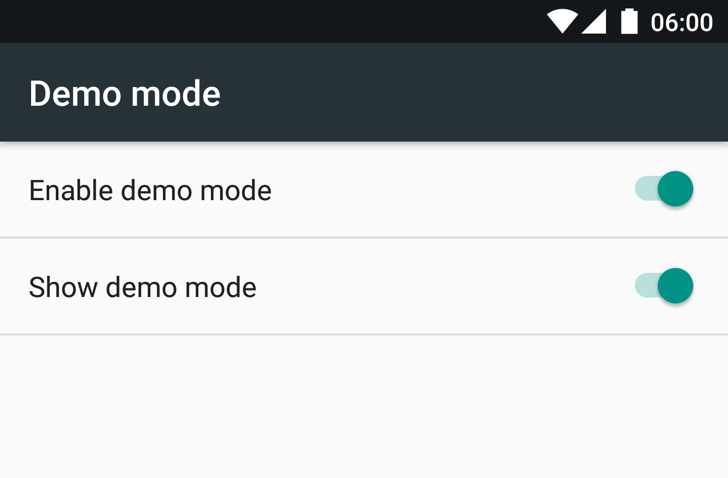
If you think back to when Marshmallow was unveiled, and then even further back to when it was still known as 'M', you may remember a feature in the System UI Tuner, known as 'Demo Mode.' It was a useful setting, especially for developers or others needing to take screenshots (ahem), since it replaced the notification bar with a generic, preset one which did not show any existing notifications or low battery warnings.
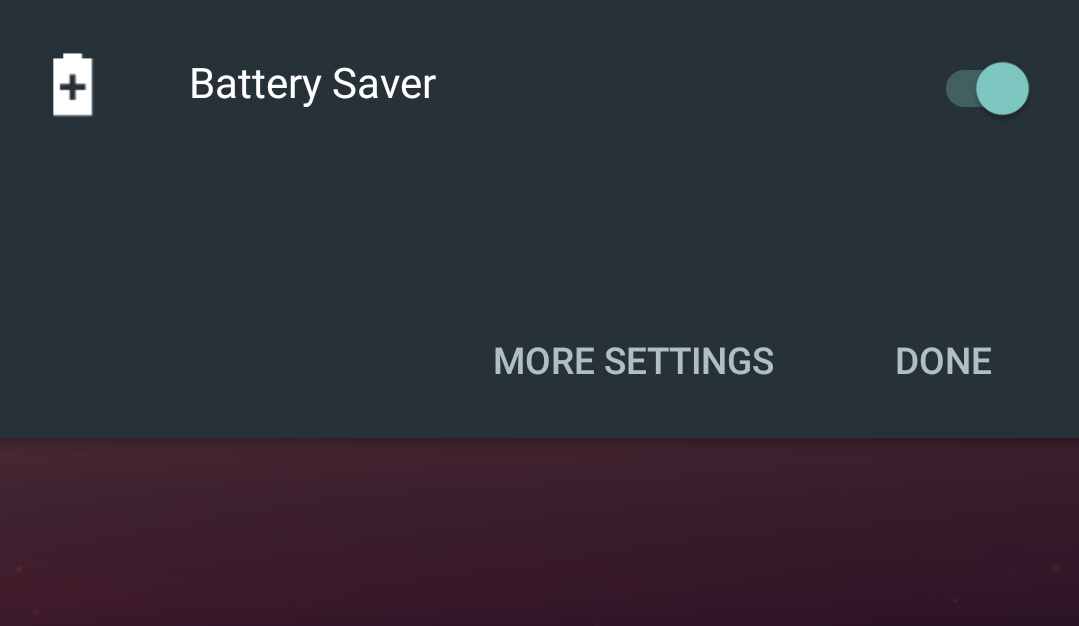
Checking remaining battery life is a task many of us have to do far more often than we like. In Android N, the experience is a tad different from what you may be accustomed to in Marshmallow.
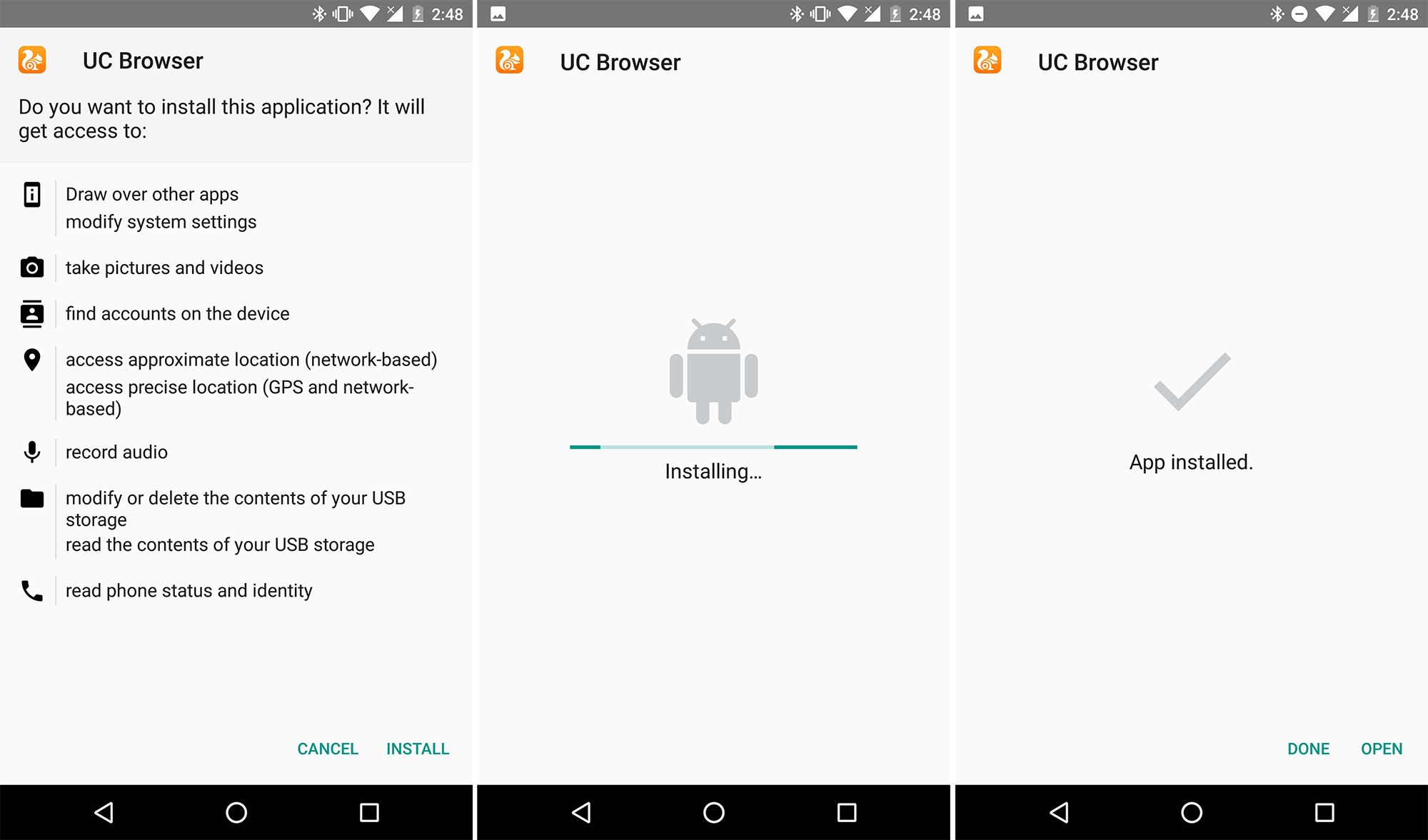
The new Android N developer preview has some important new features, but also a lot of little changes. For example, a new package installer UI. It's not dramatically different, but you can see the new one above and the old one below for comparison.
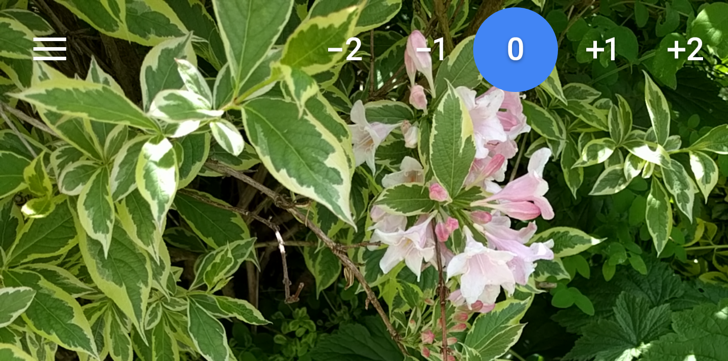
The camera might be, overall, the most complained-about feature in stock Android. While other flagship devices such as the Samsung Galaxy S7, the iPhone 6S, and the HTC 10 have gratuitous features provided in their camera apps, the Nexus devices have none. No white balance adjustments, shutter speed corrections, or different filters. Maybe the most obvious option that has been missing is exposure settings, which just about every other device worth its salt has.
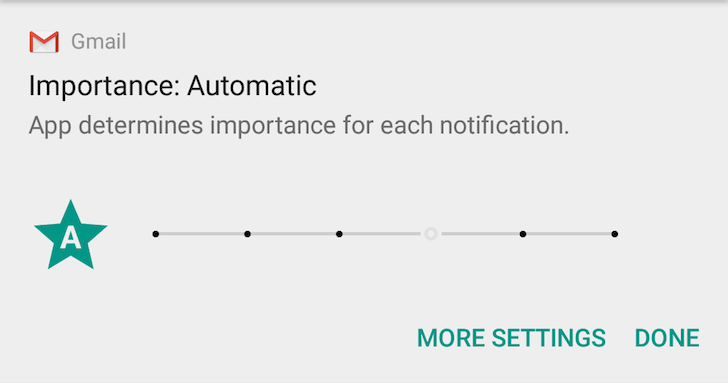
Read update
- As many of you pointed it out, it looks like the automatic feature isn't new, even though the star toggle is actually new in N in full importance / power notification mode. Android already lets developers control priority on a notification-by-notification basis (see "Correctly set and manage notification priority" section here). It's how all notifications work by default. But if you decide to go the full importance route, you get to manually set each app's priority level, which overrides the freedom given to the developer to make the decision. This Auto toggle lets you restore that setting back to its original state, giving the decision back to the developer.
The saga of "full importance" notification levels in Android N continues. The feature was introduced in the first developer preview as a more granular control method for notification settings, then it was further modified in the second developer preview with some shuffling and renaming of the different levels and the addition of a sixth one, and now in the third developer preview, we're seeing one more option: Automatic importance.
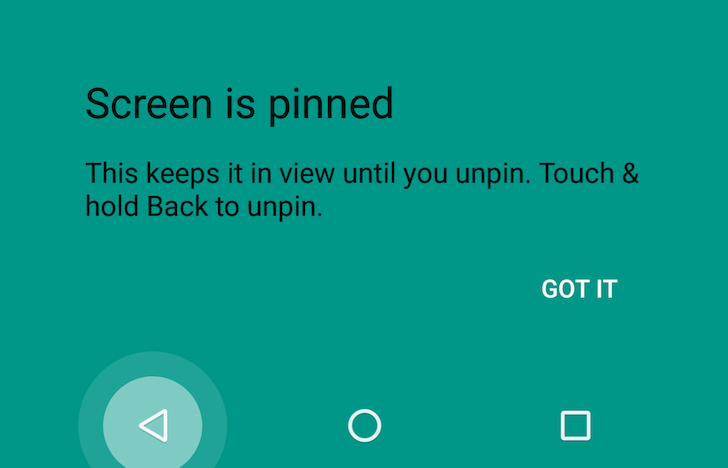
Android Lollipop introduced screen pinning: a way for you to lock your device into one app until a specific shortcut was tapped to take you out of it and let you switch to something else.
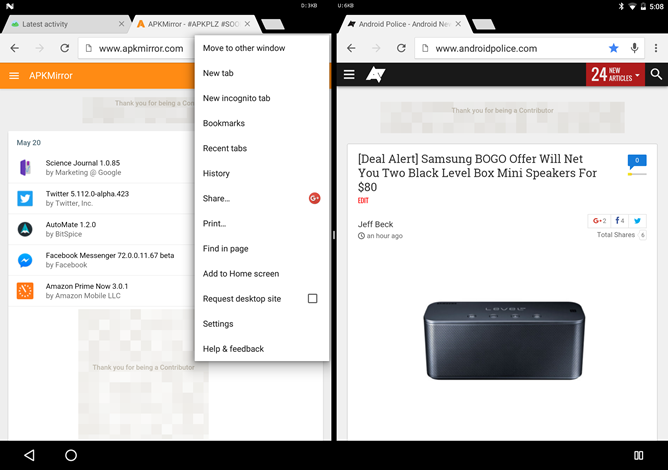
Confession: as a web writer who has to constantly research new stories, keep an eye on social networks, stay in contact with my coworkers, and see if that jerk on eBay has outbid me for the LEGO T-rex from the Dino Defense HQ set, I often have dozens and dozens of Chrome tabs open on my desktop by the end of the day. That sort of wanton disregard for computer memory doesn't really translate over to mobile, where the single screen limits multitasking to a certain degree. But Google is going to enable my bad habits on Android phones and tablets soon: in the third developer preview of Android N, users can open Chrome windows side by side.
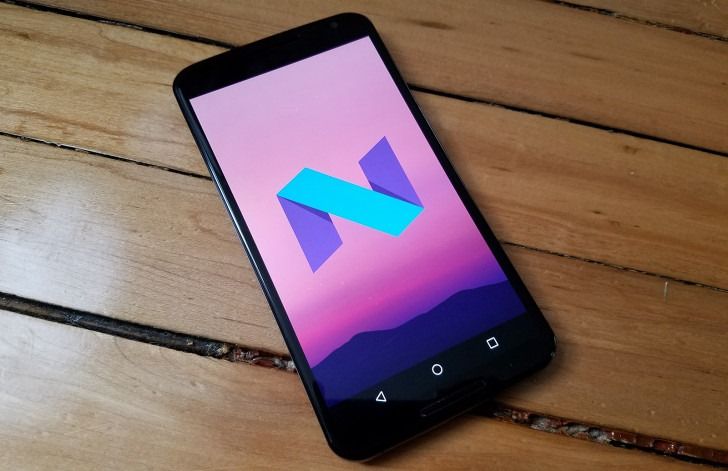
It would definitely seem like Google is making Android N the 'polish' release: things which haven't seen any changes for years, like the System UI icon, are getting refreshed, while features are not being included in the final release because of a lack of polish (like the dark theme and night mode). Even the update procedure is getting updated.
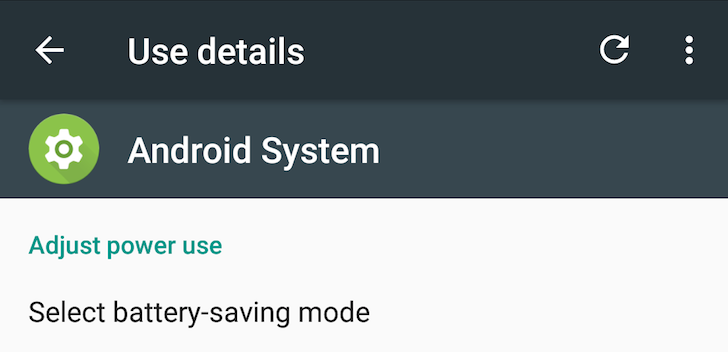
After Lollipop 5.1's groundbreaking introduction of a new Android Beam icon and default Android Bugdroid icon, and Marshmallow's unforgettable contribution of a new Bluetooth icon, N is ready to carry the torch forward by making a significant change of its own to our favorite operating system: in the latest Developer Preview 3, the Android System icon is brand spanking new.

Since 6.0.1 Marshmallow, Android has had a cool feature whereby you tap the power button twice in quick succession and the camera app will open. It's a handy feature, and one I use reasonably regularly to quickly snap a photo.

Cloud storage is pretty awesome for keeping files available across all of our gadgets while freeing up space on mobile devices. Unfortunately, accessing files in the cloud creates a layer of indirection that may complicate things a little bit, but things become even more complicated when the Storage Access Framework adds yet another layer to the equation. Historically, the SAF could only serve up files that were stored locally, which meant they had to be downloaded and stored before a URI could be returned to the requesting app. That took time and wasn't always necessary, depending on what the client really needed. Android N adds an alternative that may be useful in these situations: virtual files.

Quick settings is the site of major improvements in Android N—there's a new row of five toggles along the top of the notification shade, the quick settings can be rearranged, and you can even add new tiles. The latest Android N Dev Preview 3 brings more improvements and tweaks to quick settings.




